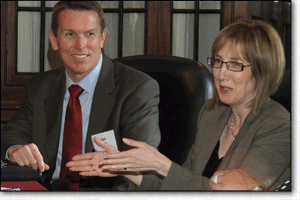- Home
-
News
- Back to parent navigation item
- News
- National Compliance Officer Day 2025
- Accounting & Auditing
- AI
- AML
- Anti-Bribery
- Best Practices
- Boards & Shareholders
- Cryptocurrency and Digital Assets
- Culture
- ESG/Social Responsibility
- Ethics & Culture
- Europe
- Financial Services
- Internal Controls
- Regulatory Enforcement
- Regulatory Policy
- Risk Management
- Sanctions
- Surveys & Benchmarking
- Supply Chain
- Third Party Risk
- Whistleblowers
- Opinion
- Benchmarking
- Certification
- Events
- Research
- Awards
-
CW Connect
- Back to parent navigation item
- CW Connect
- Sign In
- Apply
- Membership
THIS IS MEMBERS-ONLY CONTENT
You are not logged in and do not have access to members-only content.
If you are already a registered user or a member, SIGN IN now.
Related articles
-
 Article
ArticleCentralized Policy Management: From Dilbert to Reality
2013-03-12T00:00:00Z By Jaclyn Jaeger
Ask any company how many policies it has and where they are located—from the corporate level down to the functional level—and chances are you won't get a straight answer.A typical company will have some policies controlled by corporate headquarters, sure; but most tend to be created and managed independently by ...
-
 Article
ArticleThe art of managing policy exception requests
2013-02-26T00:00:00Z By Jaclyn Jaeger
Exception requests are often a thorn in the side of policy managers, and yet they are unavoidable for most.
-

- Terms and Conditions
- Privacy Policy
- Do Not Sell My Info
- © 2025 Compliance Week
Site powered by Webvision Cloud







